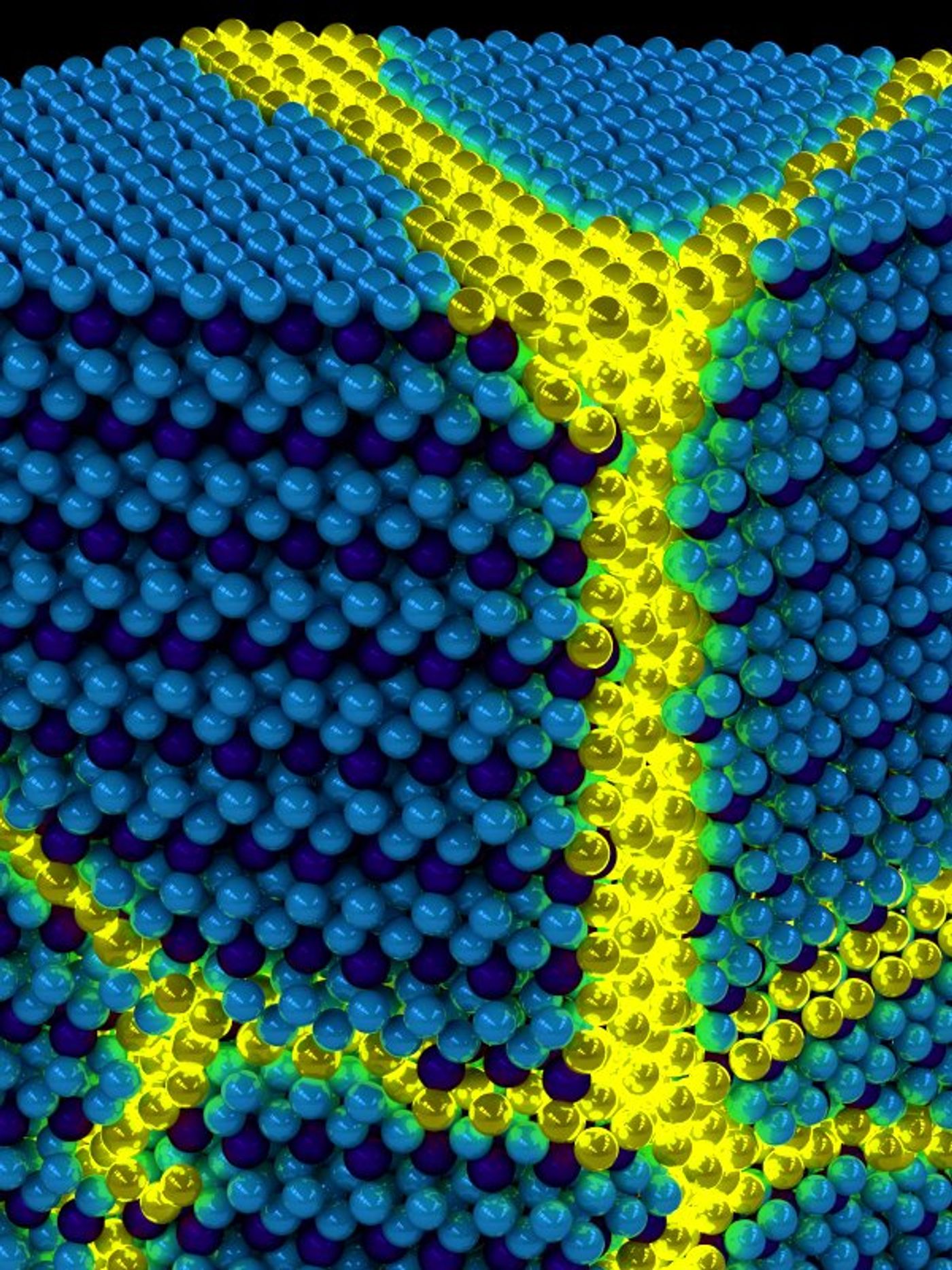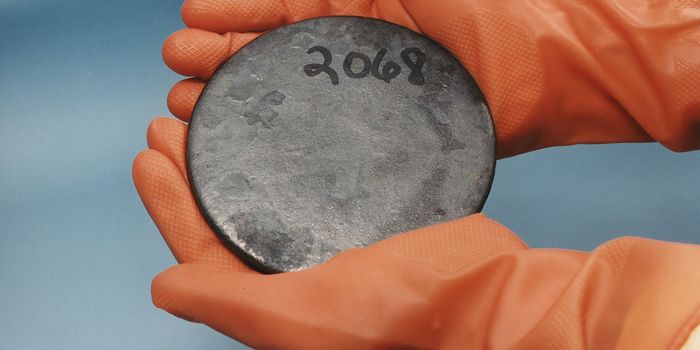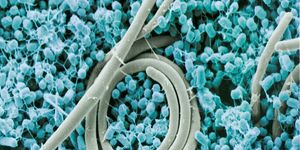Behold, A Brand New Form of Matter, Excitonium
Physicists around the world are excited by the discovery of a new form of matter excitons, or as a collective excitonium. According to a paper in Science last week, a team of researchers at the University of Illinois at Urbana-Champaign (UIUC), with helps from collaborators at UC Berkeley, University of Oxford, and University of Amsterdam, have found the solid proof for the existence of this enigmatic state of matter, which was first theorized almost 50 years ago.
In the early 20th century, the emerging standard model of physics categorized the basic particles in our world into two kinds: bosons and fermions. While fermions, such as electrons, are impossible to be converted into one single physical state, a group of bosons, such as photons and gluons, can be brought into the same state simultaneously.
When cooled down to a temperature close to absolute zero (0 K or -273 C), a collection of bosons tend to all occupy the same state, in a process known as Bose-Einstein condensation. These bosons, known as Bose-Einstein condensates (BECs) occupy the lowest quantum state, at which point quantum phenomena become the dominant property. In other word, the matter appears more like waves less like particles.
This state of matter was first predicted, through the exchange of ideas between Satyendra Nath Bose and Albert Einstein, sometime around 1924 and 1925. In 1995 the first gaseous condensate was produced by Eric Cornell and Carl Wieman, who cooled rubidium atoms down to 170 nanokelvins (nK). Shortly thereafter, Wolfgang Ketterle further examined the unique properties of BECs. The 2001 Nobel Prize in Physics was awarded to Cornell, Wieman, and Ketterle for their work on BECs.
Like BECs, excitonium exhibits macroscopic quantum phenomena. It is a collective of excitons, particles that are formed in a very strange quantum mechanical pairing, namely that of an escaped electron and the hole it left behind.
When an electron, seated at the edge of a crowded-with-electrons valence band in a semiconductor, gets excited and jumps over the energy gap to the otherwise empty conduction band, it leaves behind a "hole" in the valence band. That hole behaves as though it was a particle with positive charge, and it attracts the escaped electron. When the escaped electron with its negative charge, pairs up with the hole, the two remarkably form a composite particle, a boson - an exciton.
What has it taken scientists so long to prove the existence of excitonium in the real world? Until now, researchers have no experimental tools to positively differentiate excitonium from another phenomenon known as a Peierls phase. Peierls phases and exciton condensation share the same symmetry and similar observables - a superlattice and the opening of a single-particle energy gap.
At UIUC, Physics professor Peter Abbamonte and his team developed a novel technique called momentum-resolved electron energy loss spectroscopy (M-EELS), which enable them to measure collective excitations of the low-energy bosonic particles, the paired electrons and holes, regardless of their momentum.
Electron energy loss spectroscopy in a transmission electron microscope is an essential tool for nanophotonics. In EELS, a swift electron passes through a sample and experiences a measured energy loss that corresponds directly to the transfer of the energy to characteristic excitations within the photonic nanostructure. It is so sensitive that it can capture valence band excitations more better than traditional techniques like inelastic X-ray or neutron scattering.
With their new approach, the group was able for the first time to measure collective excitations of the paired electrons and holes, on transition metal dichalcogenide titanium diselenide (TiSe2). More specifically, the team achieved the first-ever observation in any material of the precursor to exciton condensation, a soft plasmon phase that emerged as the material approached its critical temperature of 190 Kelvin. This soft plasmon phase is the proof of exciton condensation in a three-dimensional solid, a definitive evidence of excitonium.
"This result is of cosmic significance," said Abbamonte. "Ever since the term 'excitonium' was coined in the 1960s by Harvard theoretical physicist Bert Halperin, physicists have sought to demonstrate its existence. Theorists have debated whether it would be an insulator, a perfect conductor, or a superfluid—with some convincing arguments on all sides. Since the 1970s, many experimentalists have published evidence of the existence of excitonium, but their findings weren't definitive proof and could equally have been explained by a conventional structural phase transition."
As it turned out, the finding of excitonium was not the original motivation for the UIUC team. Commenting on their surprise discovery, Anshul Kogar, co-author and graduate student admits that the team had set out to test their new M-EELS method on a crystal that was readily available—grown at Illinois by former graduate student.
But he emphasizes, not coincidentally, excitonium was a major interest: "This discovery was serendipitous. But Peter and I had had a conversation about 5 or 6 years ago addressing exactly this topic of the soft electronic mode, though in a different context, the Wigner crystal instability. So although we didn't immediately get at why it was occurring in TiSe2, we did know that it was an important result—and one that had been brewing in our minds for a few years."
Bose-Einstein Condensate - A New State of Matter. Credit: Carey McGleish









